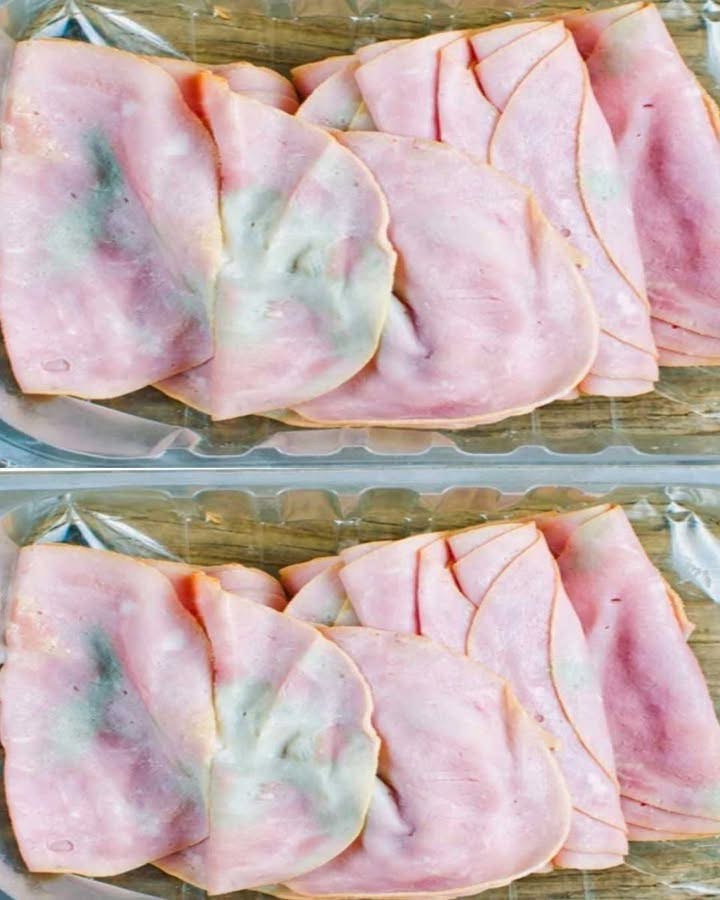Pulled out some deli meat from fridge. My mother-in-law says it’s wasteful not to use it, but it looks bad to me. What should I do?

We’ve all been there: you open the fridge, pull out a package of deli meat, and hesitate. It doesn’t look quite right, but your mother-in-law insists it’s wasteful not to use it. This common household dilemma raises important questions about food safety, waste, and how to make the best decision for your family’s health. In this article, we’ll explore the factors to consider when faced with questionable deli meat and provide guidance on how to handle the situation responsibly.
Understanding the Shelf Life of Deli Meat
Deli meats, whether pre-packaged or freshly sliced, have a limited shelf life. Generally, pre-packaged deli meats last about 7 to 10 days after opening, while freshly sliced meats from the deli counter should be consumed within 3 to 5 days. These timeframes can vary depending on the type of meat, preservatives used, and storage conditions. Understanding these guidelines is crucial for making informed decisions about whether your deli meat is still safe to eat.
Signs That Deli Meat Has Gone Bad
There are several telltale signs that deli meat has gone bad. These include a sour or off smell, a slimy or sticky texture, discoloration, and mold growth. If the meat has any of these characteristics, it’s best to err on the side of caution and avoid consuming it. Trust your senses; if something seems off, it probably is.
The Risks of Consuming Spoiled Deli Meat
Eating spoiled deli meat can lead to foodborne illnesses, which can cause symptoms like nausea, vomiting, diarrhea, and abdominal pain. In severe cases, it can lead to more serious health issues, especially for vulnerable populations such as young children, the elderly, and those with weakened immune systems. Understanding these risks highlights the importance of making safe choices when it comes to questionable deli meat.
How to Properly Store Deli Meat to Extend Freshness
To maximize the freshness and safety of deli meat, proper storage is key. Keep deli meats in the coldest part of the refrigerator, ideally at temperatures below 40°F (4°C). Store them in airtight containers or tightly wrapped in plastic wrap or aluminum foil to prevent exposure to air and moisture. Additionally, consider labeling packages with the date they were opened to keep track of their shelf life.
Alternatives to Throwing Away Questionable Deli Meat
If you’re hesitant to throw away deli meat that appears questionable but not definitively spoiled, consider alternative uses. Cooking the meat thoroughly can kill bacteria, making it safer to consume in dishes like casseroles or soups. Alternatively, you can compost the meat if you have a composting system that can handle it, reducing waste while still being cautious about food safety.
Conclusion: Making the Safe and Smart Choice
When it comes to questionable deli meat, it’s important to balance the desire to avoid waste with the need to prioritize health and safety. By understanding the signs of spoilage, the risks involved, and proper storage techniques, you can make informed decisions. When in doubt, it’s always better to be safe than sorry. Trust your instincts and prioritize the well-being of your family.